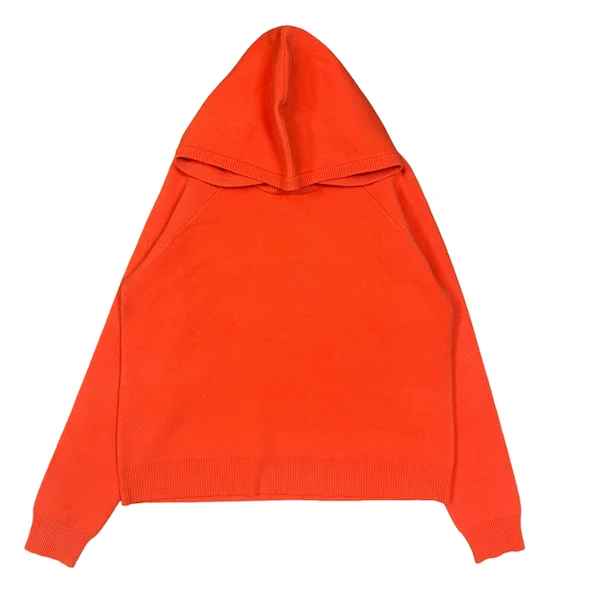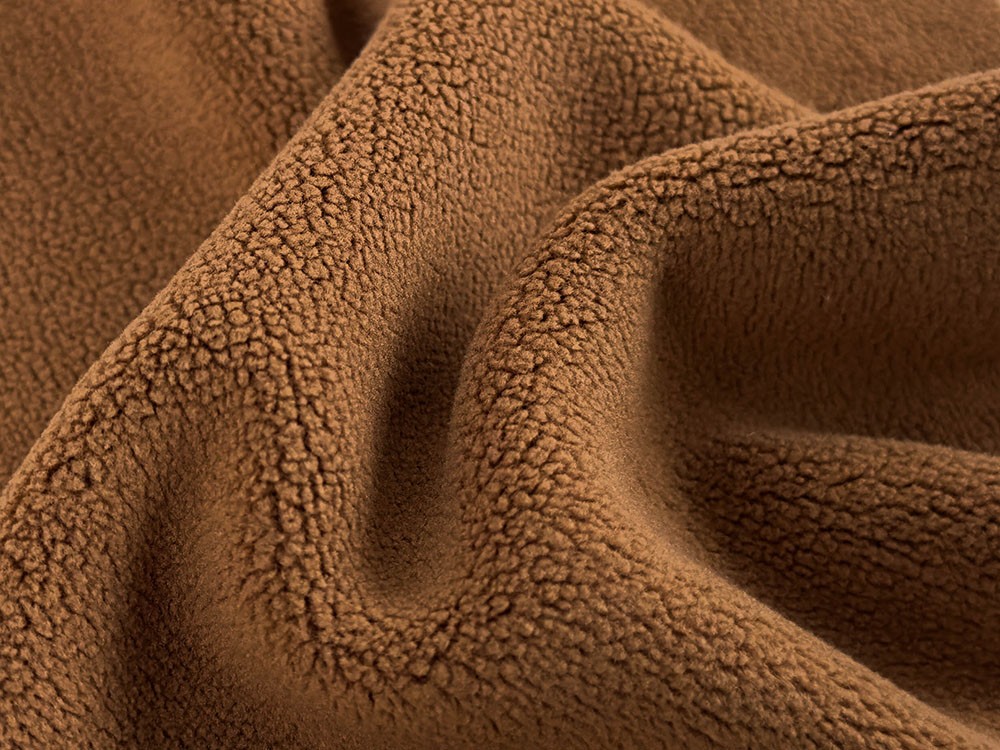In an era where sustainability is at the forefront of consumer consciousness, the fashion and textile industries are under increasing scrutiny for their environmental impact. While many brands are making strides toward eco-friendly practices, it is crucial to understand which fabrics contribute most significantly to environmental degradation. This article delves into the worst fabrics for the environment, examining their production processes, ecological consequences, and potential alternatives.
- Polyester: The Plastic Peril
Polyester, a synthetic fabric derived from petroleum, is one of the most widely used textiles globally. Its popularity stems from its durability, wrinkle resistance, and low cost. However, the environmental toll of polyester is staggering:
- Resource Intensive Production: The production of polyester requires significant amounts of fossil fuels, contributing to greenhouse gas emissions. The extraction and refining of petroleum not only deplete natural resources but also lead to habitat destruction and pollution.
- Microplastic Pollution: When washed, polyester garments shed microfibers that enter waterways, posing a severe threat to marine life. These microplastics accumulate in the food chain, ultimately affecting human health.
- Non-Biodegradability: Polyester does not decompose naturally, leading to long-lasting waste in landfills. It can take hundreds of years for polyester to break down, contributing to the global plastic crisis.
- Nylon: The Unsustainable Stretch
Nylon, another synthetic fabric, is known for its elasticity and strength. However, its environmental impact is significant:
- Energy-Intensive Production: The manufacturing process of nylon is highly energy-intensive, often relying on non-renewable resources. This contributes to a high carbon footprint, exacerbating climate change.
- Chemical Pollution: The production of nylon involves toxic chemicals, which can leach into water systems, harming aquatic ecosystems and posing risks to human health.
- Non-Biodegradable: Like polyester, nylon is not biodegradable, leading to persistent waste issues. Its presence in landfills contributes to the growing problem of textile waste.
- Acrylic: The Faux Wool Dilemma
Acrylic fabric, often used as a wool substitute, is another synthetic material that poses environmental challenges:
- Petroleum-Based Origins: Acrylic is derived from acrylonitrile, a petroleum byproduct. The extraction and processing of these materials contribute to environmental degradation and pollution.
- Microfiber Release: Similar to polyester and nylon, acrylic fabrics shed microfibers during washing, contributing to microplastic pollution in oceans and waterways.
- Limited Recycling Options: While some recycling programs exist, the majority of acrylic textiles end up in landfills, where they can take decades to decompose.
- Conventional Cotton: The Water and Chemical Drain
While cotton is a natural fiber, conventional cotton farming practices can be detrimental to the environment:
- Water Consumption: Cotton is a water-intensive crop, requiring vast amounts of water for irrigation. This can lead to water scarcity in regions where cotton is grown, impacting local communities and ecosystems.
- Pesticide Use: Conventional cotton farming relies heavily on pesticides and fertilizers, which can contaminate soil and water sources. These chemicals pose risks to both human health and biodiversity.
- Soil Degradation: Intensive cotton farming can lead to soil erosion and degradation, reducing the land's fertility and its ability to support future crops.
- Rayon: The Semi-Synthetic Conundrum
Rayon, made from wood pulp, is often marketed as a more sustainable alternative to synthetic fabrics. However, its production raises several environmental concerns:
- Deforestation: The sourcing of wood pulp for rayon can lead to deforestation, threatening biodiversity and contributing to climate change.
- Chemical Processing: The production of rayon involves toxic chemicals, such as sodium hydroxide and carbon disulfide, which can pollute waterways and harm workers.
- Water Usage: The manufacturing process of rayon is water-intensive, further straining local water resources.
Conclusion: Making Conscious Choices
Understanding the environmental impact of various fabrics is essential for making informed choices as consumers. While synthetic fabrics like polyester, nylon, and acrylic dominate the market, their production processes and long-term effects on the environment are concerning. Similarly, conventional cotton and rayon, despite being natural or semi-synthetic, come with their own set of environmental challenges.


